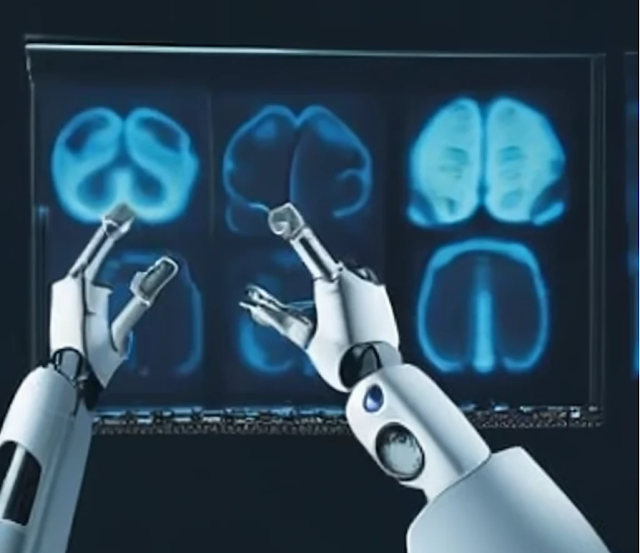In a groundbreaking development, Elon Musk's Neuralink has achieved a major milestone in brain-chip technology. The first human patient to receive Neuralink's brain-chip has not only recovered fully but has also demonstrated the ability to control a computer mouse using only their thoughts. This remarkable feat marks a significant leap forward in the field of neuroscience and brain-computer interfaces
A Revolutionary Achievement
Neuralink's success in implanting a brain-chip in a human patient opens up a world of possibilities. The patient's ability to move a mouse around a screen simply by thinking represents a remarkable fusion of biology and technology. This achievement paves the way for future advancements in treating a range of neurological conditions and disabilities.
The Road to Recovery and Beyond
Elon Musk's announcement of the patient's full recovery with no apparent ill effects is a testament to the safety and efficacy of Neuralink's technology. The next step for Neuralink is to maximize the patient's use of the brain-chip, aiming to achieve as many mouse button clicks as possible. This ongoing progress showcases the potential for Neuralink to revolutionize the field of neurology.
The Potential for Transformative Change
Neuralink's ultimate goal goes far beyond controlling a computer mouse. Musk envisions a future where Neuralink's brain-chip devices can be used to treat a variety of conditions, including obesity, autism, depression, and schizophrenia. By facilitating speedy surgical insertions of its chip devices, Neuralink aims to transform the way we approach neurological disorders.
The Science Behind Neuralink's Success
Neuralink's groundbreaking achievement is the result of years of research and development in the field of brain-computer interfaces. The company's innovative approach combines cutting-edge technology with a deep understanding of the brain's inner workings.
The Implantation Process
Neuralink's implantation process involves using a robot to surgically place a brain-computer interface implant in a specific region of the brain. This implant is designed to interface with the brain's neurons, allowing for the seamless transmission of signals between the brain and external devices.
Harnessing the Power of Thought
The key to Neuralink's success lies in its ability to harness the power of thought. By implanting its chip in the brain's control center for movement intention, Neuralink enables individuals to control external devices using only their thoughts.
Overcoming Challenges
Despite its success, Neuralink has faced challenges along the way. The company has had to navigate regulatory hurdles and safety concerns, including a recent fine for violating transportation rules. However, Neuralink remains committed to advancing its technology and overcoming these obstacles.
Looking Towards the Future
Neuralink's success with its first human patient is just the beginning. The company has ambitious plans for the future, including expanding its technology to treat a wide range of neurological conditions and disabilities. With continued research and development, Neuralink has the potential to transform the field of neuroscience and improve the lives of millions.
Transforming Healthcare
Neuralink's technology has the potential to revolutionize healthcare as we know it. By enabling individuals to control external devices using only their thoughts, Neuralink's brain-chip could provide new hope for those with disabilities and neurological conditions.
Ethical Considerations
As Neuralink continues to push the boundaries of neuroscience, ethical considerations become increasingly important. Questions about privacy, consent, and the implications of merging humans with technology must be carefully considered as Neuralink's technology advances.
A Collaborative Effort
Neuralink's success is the result of collaboration between scientists, engineers, and medical professionals. As the company continues to innovate, collaboration will be key to unlocking new possibilities in neuroscience and brain-computer interfaces.
In conclusion, Neuralink's breakthrough with its first human patient represents a significant milestone in the field of neuroscience. The ability to control a computer mouse using only thoughts opens up new possibilities for treating neurological conditions and disabilities. As Neuralink continues to push the boundaries of technology, the future looks bright for the field of brain-computer interfaces.







































No comments:
Post a Comment